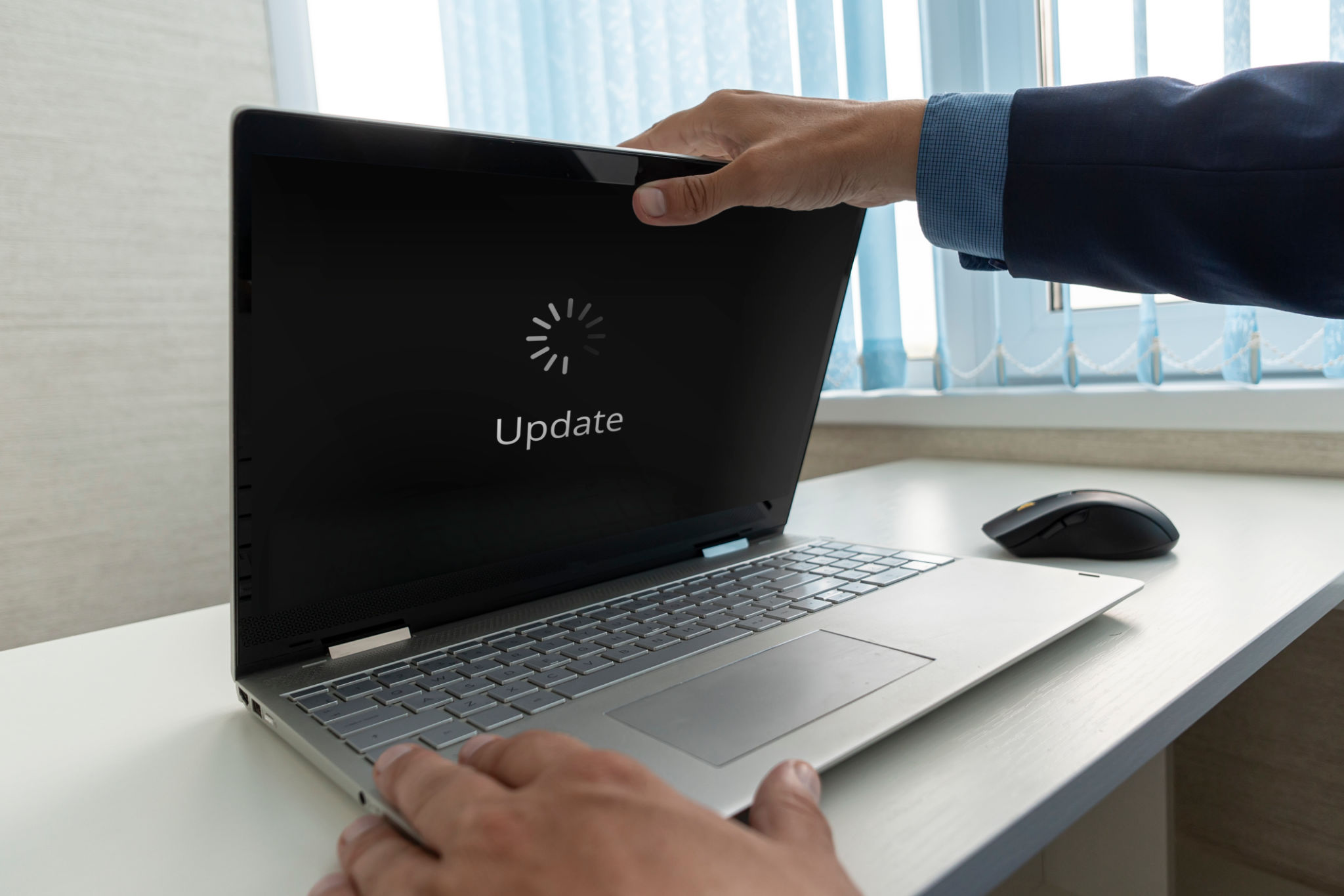Windows Migration: A Step-by-Step Guide for Businesses in Philadelphia
MD
Understanding Windows Migration
In today's rapidly evolving technological landscape, businesses in Philadelphia must stay up to date with the latest operating systems to ensure optimal performance and security. Windows Migration is a crucial step for businesses aiming to upgrade their systems, enhance security features, and improve overall efficiency. This guide provides a comprehensive step-by-step process for a successful Windows Migration.

Assess Your Current System
Before embarking on the migration journey, it's essential to assess your current system. Begin by identifying the hardware and software compatibility with the new Windows version. Conduct a thorough inventory of all devices and applications in use. This will help determine any potential compatibility issues and allow you to plan accordingly.
Additionally, consider the specific needs of your business. Evaluate the features of the new Windows version and how they align with your company's goals. Understanding these needs will ensure a smoother transition and better utilization of new functionalities.
Plan Your Migration Strategy
Once you've assessed your current system, it's time to plan your migration strategy. Start by setting clear objectives and timelines for the migration process. This includes defining the scope of the project, identifying key stakeholders, and allocating resources effectively.
It's also essential to create a backup plan. Data integrity is paramount during migration, so ensure you have robust backup solutions in place to prevent any data loss. This step will safeguard your business's critical information throughout the migration process.

Test the New Environment
Before fully committing to the migration, conduct a pilot test in a controlled environment. This allows you to identify any potential issues and make necessary adjustments before rolling out the new system company-wide. Testing helps mitigate risks and ensures that all applications and devices function seamlessly with the new Windows version.
Involve a select group of users in this pilot phase to gather feedback and address any concerns they may have. Their insights can be invaluable in refining the migration process and ensuring user satisfaction.
Executing the Migration
With testing complete, you can begin the full-scale migration. This phase involves deploying the new Windows version across all devices within your organization. Ensure that all team members are informed about the process and provide them with support resources to facilitate a smooth transition.

During this phase, closely monitor the systems for any irregularities or issues that may arise. Promptly addressing these problems will minimize downtime and ensure business continuity.
Post-Migration Review and Optimization
After completing the migration, conduct a thorough review of the process. Evaluate what went well and identify areas for improvement. This feedback will be invaluable for future migrations or updates.
Additionally, take advantage of the new features offered by the upgraded Windows system. Train your employees on these functionalities to enhance productivity and ensure they are getting the most out of the new environment.
Conclusion
Windows Migration is a significant undertaking for businesses in Philadelphia, but with careful planning and execution, it can lead to enhanced security and productivity. By following this step-by-step guide, businesses can navigate the complexities of migration efficiently, ensuring a seamless transition to a more advanced operating system.